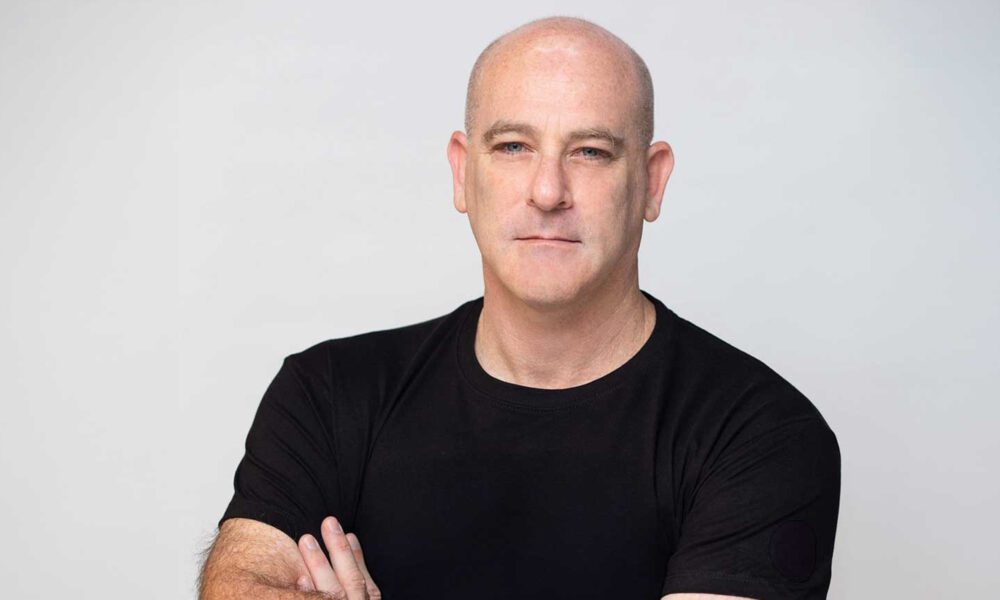On December 17, 2021, a quiet but significant moment in the future of marketing strategy unfolded as Omolola Temitope Kufile, a leading expert in behavioural analytics and multichannel marketing, was specially invited to deliver a private virtual briefing to the editorial board of TechBullion.
This was not a routine speaking engagement. It was the result of a targeted search for the sharpest minds in data-driven marketing innovation. Kufile’s name rose quickly to the top. Her research paper, “Developing Behavioral Analytics Models for Multichannel Customer Conversion Optimization,” had started to gain traction not only within academic circles but also among enterprise marketing teams and consultants across Europe.
The editorial team at TechBullion had heard her name repeatedly, mentioned in connection with cutting-edge work on machine learning applications in consumer behaviour.
As Angela Scott-Briggs put it:
“We were hearing about this paper from different corners of the industry. Consultants, data scientists, CMOs. Everyone was saying the same thing: ‘You need to speak to Omolola’, so they did.”
And what followed was a masterclass in 21st-century marketing science.
Kufile, speaking from her base in the United States where she works, appeared calm, composed, and ready. The presentation was streamed directly to TechBullion’s London headquarters. Over the next 90 minutes, she laid out a compelling case for why traditional marketing models were no longer fit for purpose in the age of hyper-fragmented customer behaviour.
“The funnel is broken,” she said matter-of-factly. “Marketers are still building campaigns based on a linear idea of the customer journey. But today’s consumer is bouncing between apps, websites, emails, and social platforms, often within minutes. If you are still using last-click attribution or static personas, you have already lost.”
The tone was frank, but the message was hopeful. Kufile was not just diagnosing a problem, she was offering a tested and validated solution.
Her framework, built from over 500,000 anonymised customer sessions, represented a new kind of marketing intelligence, one that did not just observe behaviour, but interpreted it, responded to it, and respected the consumer in the process.

Her model combined machine learning, psychographic profiling, and statistical modelling into a cohesive system designed to improve customer conversion across digital channels. It did this not by increasing ad spend or deploying more aggressive sales funnels, but by listening more closely to what consumers were already telling brands with their behaviour.
“These are not static segments like Millennial Moms or Urban Professionals,” Kufile explained. “We are identifying real behavioural signatures. People who compare prices obsessively. People who only respond to email prompts. People who come through social media but convert elsewhere. You need to see these people in motion. That is the difference.”
She introduced the behavioural segmentation engine at the heart of the framework. Using unsupervised clustering techniques such as k-means and DBSCAN, she was able to identify six dynamic customer cohorts including:
- Mobile-First Multi-Session Users
- Goal-Oriented Shoppers
- Price-Sensitive Comparers
- Social Influencer Followers
Each cohort displayed distinct engagement patterns and responded to different stimuli along the purchase path.
Kufile then moved into the predictive layer of the model, which used gradient boosting, logistic regression, and neural networks to calculate conversion likelihood in real time. According to her data, the model achieved an AUC-ROC score of 0.91, significantly outperforming traditional approaches.
But more impressive than the accuracy was what the model enabled.
“Prediction without activation is a dead asset,” she said.
“We do not just identify who is likely to convert. We change what they see, when they see it, and through which channel. We personalise the moment.”
This claim was backed by real-world results. Kufile had tested her model through A/B experiments on a major omnichannel retail platform.
The test group, which received real-time, behaviourally informed interventions, saw a 60.5 percent uplift in conversion rates compared to the control group. Engagement metrics also surged, with bounce rates dropping by 18 percent and average session times rising by 23 percent.
Perhaps the most eye-opening innovation came from her overhaul of traditional attribution models.
In most organisations, conversion credit is assigned based on a last-click rule, often misrepresenting the role of top and mid-funnel interactions. Kufile introduced a Markov-chain-based attribution system that dynamically reassessed the influence of every customer touchpoint.
The results were dramatic.
“Social media was getting only 8 percent credit under last-click,” she said.
“But when we ran the Markov model, its real contribution was closer to 22 percent. That is a 14-point blind spot. Imagine what that does to your campaign budget decisions.”
Email marketing and organic search were similarly undervalued under traditional systems. Direct traffic, which often receives disproportionate credit, saw its influence halved once customer journeys were analysed probabilistically. These shifts had immediate implications for budget allocation and strategic planning.
Throughout the presentation, Kufile was clear about one thing: accuracy was not enough, ethics mattered.
“You cannot talk about data-driven marketing in 2021 without talking about data rights,” she said.
“You cannot scale personalisation if you do not first scale trust.”
Her system was designed from the ground up to comply with GDPR and CCPA. All data used in the model was anonymised. Data collection occurred under informed consent frameworks. Fairness audits were conducted at every stage of model development, and algorithmic decisions were documented and explainable.
“Ethical marketing is not an add-on, it is foundational,” she said.
“The brands that will thrive are the ones who earn trust while delivering relevance.”
The editors at TechBullion were visibly impressed.
One called the session “a visionary roadmap for the post-cookie era.”
Another said,
“We were watching a marketing framework that could fundamentally change how organisations engage customers. And the fact that it was developed with scientific rigour and privacy by design is what made it so powerful.”
The impact of Kufile’s framework has continued to ripple across sectors. Her research has since been cited in digital marketing textbooks, referenced in academic journals on behavioural economics, and adopted in pilot programmes by retailers, banks, and digital health companies.
One UK fintech firm reportedly credited the model with a 22 percent lift in cross-channel onboarding after just three months of implementation.
In the UK context, where over 90 percent of consumers now engage with brands across multiple digital platforms before making a purchase, Kufile’s framework offers a timely and practical blueprint.
British marketers, already under pressure from declining ROI and tightening data regulations, have been quick to explore how the model might help optimise personalisation, reduce waste, and improve attribution clarity.
It is no surprise that Kufile’s name now appears regularly on shortlists for digital innovation awards. Her combination of marketing acumen, data science fluency, and ethical foresight positions her as one of the most important voices in modern customer strategy.
What stood out most during the 2021 presentation, however, was not just the technology or the numbers, it was the human clarity with which she spoke.
“It is not about more traffic,” Kufile concluded. “It is about smarter signals, better timing, and human-centred design. Because the consumer does not care how clever your algorithm is. They care if it is relevant.”
Those words have since become a guiding principle for many in the industry. And more than two years later, the marketing world is still catching up.
































